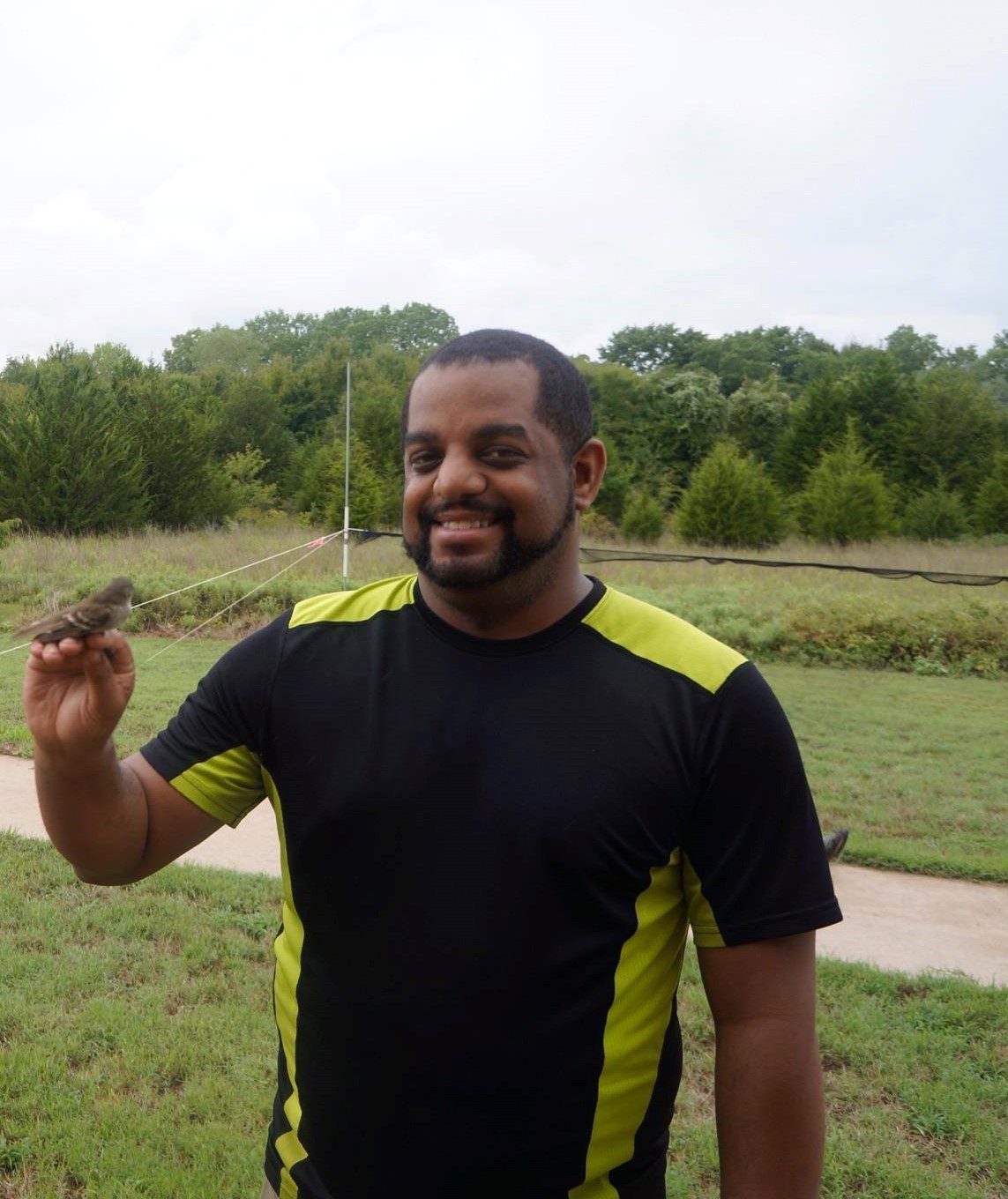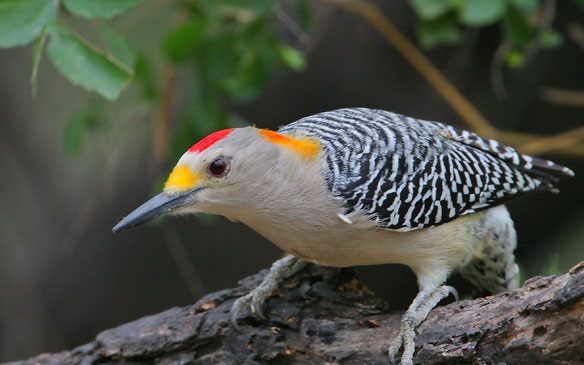My Research
Primary research interests:
- Population Genomics: ddRADseq / UCE bioinformatics and phylogenetics
- Evolution: genomic species limits
- Ornithology: Woodpeckers, Dabbling Ducks, and most other things that take to the air!
I have interdisciplinary research interest spanning across genomics, population genetics, evolutionary biology, ecology, and ornithology. Specifically, I am interested in using next generation sequencing techniques combined with morphometrics to address questions associated with the functional genomics of species limits and to what extend hybridization and introgression play a role in the development or retardation of species formation.
Akin to species limits, I am also interested in understanding the mechanisms associated with population divergence, which ultimately leads to speciation and subsequent biodiversity. I am interested in using genomics and bioinformatics to try to disentangle the respective roles of the various evolutionary forces (e.g., genetic drift, selection, gene flow, etc.) associated with population divergence in birds. Classical population genetics is a big driver in my research interests.
Current Projects:
Hybridization in the Melanerpes Woodpecker Complex –
Little is known in regards to the genomics associated with the hybridization of species in the genus Melanerpes, as such this project is built around using a combination of genomics and morphometrics to better understand and the assess extend of hybridization and species limits with in the this genus. The broad questions associated with the project include 1. Confirming or revising the phylogeny of the Melanerpes genus using mitochondrial work done by Garcia-Trejo et al. 2009 (The Condor 111:442-452) 2. Functional and genomic divergence in the Golden Fronted Woodpecker and Red-Bellied Woodpecker complex, 3. Functional and genomic divergence in the Northern and Tropical Golden Fronted Woodpeckers.
This project consists of a combination of field work (in Oklahoma, Texas and Mexico), museum skin preparation of field specimens, tissue collection, wet bench work (DNA extraction and next generation library preparation) and analysis utilizing multi-core, parallel computing bioinformatics analysis. Ultimately I intend to utilize data from this project to address more basic evolutionary biology questions associated with hybridization and its role in the speciation continuum.




